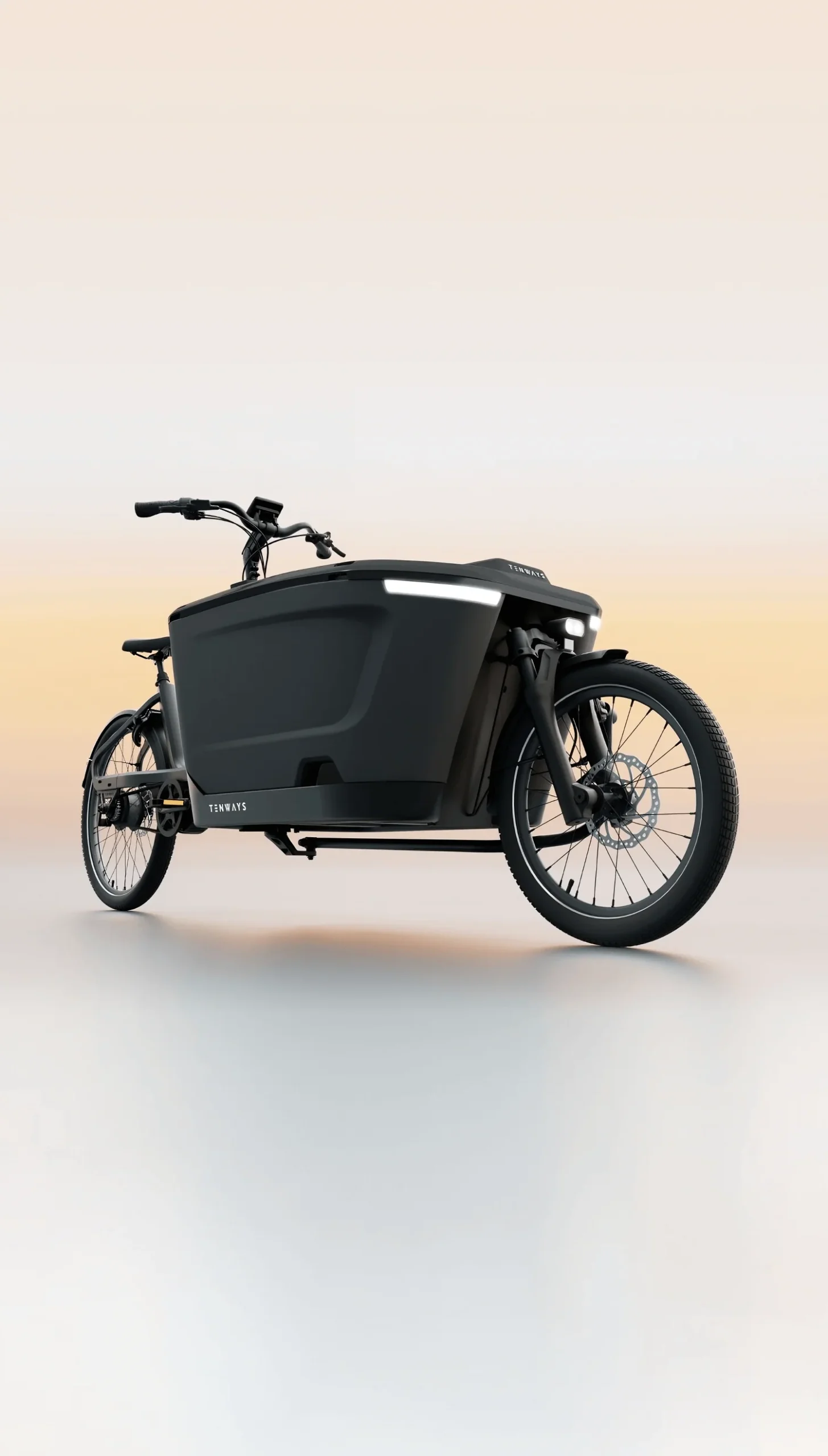Understanding eBike Battery Ranges
The range of an eBike, defined as the distance it can travel on a single charge, is a critical factor for users considering electric bicycles. Several elements contribute to determining the average range achievable by an eBike, including battery capacity, motor efficiency, bike weight, and riding conditions. A common metric for measuring battery capacity is watt-hours (Wh), which quantifies the amount of energy stored within the battery. Typically, eBike batteries come in capacities ranging from 250Wh to 750Wh, with higher capacities generally correlating to longer ranges. However, it’s essential to note that manufacturers’ claims of eBike ranges can vary significantly in real-world settings.
Motor efficiency plays a significant role in range as well. More efficient motors require less energy to propel the bike, thus extending the range attainable on a single charge. Conversely, heavy bikes may consume more energy, leading to a reduced range. Users should also consider riding conditions, such as terrain and wind resistance. For instance, riding uphill or against strong winds can significantly decrease an eBike’s efficiency, limiting its range further.
The relationship between watt-hours and range is crucial for understanding eBike performance. As a general guideline, eBikes can travel about 20 to 30 miles per 500Wh under ideal conditions. However, this number can fluctuate based on the factors aforementioned. Understanding this aspect becomes essential for users who rely on eBikes for commuting, recreational use, or long-distance travel, where range plays a pivotal role in the overall usability of the eBike.
Ultimately, knowledge of eBike battery ranges aids in selecting the right electric bike that aligns with an individual’s intended use. By evaluating the nuances of battery capacity, motor efficiency, and other influencing factors, riders can make informed decisions that enhance their overall eBiking experience.
Emerging Battery Technologies
As of fall 2024, the landscape of eBike battery technology is undergoing significant transformation, driven by innovative research and development. One of the prominent advancements is the emergence of solid-state batteries. Unlike traditional lithium-ion batteries, solid-state batteries utilize a solid electrolyte instead of a liquid one. This change presents numerous advantages, including a higher energy density, which translates to longer riding distances on a single charge. Moreover, these batteries can potentially reduce charging times considerably, making eBike usage more convenient for daily commuters and recreational users alike.
Another noteworthy development involves lithium-sulfur batteries, which are gaining popularity due to their ability to deliver high energy capacity at a lower weight compared to their lithium-ion counterparts. These batteries also exhibit enhanced safety features, minimizing the risk of overheating—a common concern with conventional battery technologies. As these batteries are integrated into more eBike models, we can expect improved performance in various terrains, appealing to a broader range of cyclists.
Graphene technology is also making waves in the eBike battery sector. The incorporation of graphene into battery production may lead to batteries that offer faster charging times and longer life cycles. This can have profound implications for the eBike market, as users increasingly demand quicker turnaround times and improved durability. Furthermore, these advancements may contribute to lowering production costs over time, potentially making eBikes more accessible to a wider audience.
What is Graphene? Are you concerned on “Battery Fires”?
Graphene batteries use graphene, a form of carbon made up of a single layer of atoms arranged in a honeycomb lattice, as an electrode material. They differ from traditional lithium-ion batteries by offering faster charging, greater energy density, and enhanced durability. Unlike conventional batteries that rely on chemical reactions causing heat buildup, graphene’s high conductivity minimizes overheating, making them safer and less flammable. Additionally, graphene batteries are more stable under extreme conditions, reducing the risk of combustion, which is a major concern with current lithium-ion batteries.
The impact of these emerging battery technologies extends beyond performance. As manufacturers adopt solid-state and lithium-sulfur batteries, we are likely to see a shift in eBike design, with sleeker and lighter frames becoming more prevalent. This revolution in battery technology not only represents a significant step forward in energy efficiency but also sets the stage for an exciting future in the cycling industry.

Manufacturer Innovations and Market Trends
As the eBike market continues to grow, leading manufacturers are introducing groundbreaking battery technologies aimed at enhancing the overall riding experience. The year 2024 has witnessed several innovative models equipped with advanced battery management systems, which not only boost the range but also improve efficiency and reliability. Key players like Bosch, Shimano, and Yamaha have been at the forefront of this evolution, each offering unique features and specifications in their latest eBike models.
Bosch, for instance, has rolled out its new PowerTube 750 battery, which provides an impressive range of up to 100 miles on a single charge. This integrated battery design allows for seamless mounting within the bike frame, ensuring a sleek and lightweight finish. On the other hand, Shimano’s STEPS E6100 system combines compactness with high power output, resulting in longer rides without compromising on performance. Meanwhile, Yamaha’s new PWseries SE motor includes an updated battery system that enhances range by up to 20% compared to previous versions, catering to the growing consumer desire for longer rides.
In addition to these innovations, market trends indicate a shift towards environmentally-friendly practices and sustainable production methods. Consumers are increasingly seeking eBikes that not only offer high performance and extended battery life but also align with eco-conscious values. This has led manufacturers to invest in research and development, focusing on lithium-ion alternatives and methods to recycle old batteries. Furthermore, the rising popularity of smart technology has paved the way for eBikes equipped with integrated GPS systems and performance tracking, enhancing user experience and promoting safer rides.
These advancements reflect a larger trend wherein consumers prefer eBikes offering exemplary battery performance and intelligent features. As the industry moves forward, manufacturers continue to adapt, responding to these preferences while pushing the boundaries of modern battery technology.
Future Directions: What Lies Ahead for eBike Batteries
The future of eBike batteries is poised for a transformative shift as ongoing research continues to explore innovative solutions for energy storage, impacting both performance and user experience. One significant area of focus is the anticipated improvements in battery lifespan. Advances in battery chemistry, including developments in solid-state batteries, promise to extend the duration and efficiency of eBike batteries, allowing users to travel longer distances on a single charge. As these technologies mature, riders may find themselves with batteries that not only last longer but also maintain their capacity over more charge cycles, which enhances the longevity of the investment.
Another critical aspect in the future landscape of eBike batteries is sustainability. As environmental concerns grow, manufacturers are increasingly prioritizing sustainable practices in both production and recycling. Research into bio-based materials and energy-efficient manufacturing techniques is augmenting the pursuit of greener battery solutions. In addition, enhanced recycling methods are expected to emerge, facilitating the recovery of valuable materials and reducing the environmental impact associated with traditional battery disposal processes. This emphasis on sustainability will likely resonate with eco-conscious consumers, potentially influencing their purchasing decisions.
Furthermore, the role of software and smart battery management systems is expected to expand significantly. These systems will not only optimize performance by dynamically adjusting power output based on riding conditions but will also provide valuable data insights for users. For example, predictive analytics could anticipate battery health and performance issues before they arise, allowing for preemptive maintenance and better user control over their eBike experience.
As technology advances into the next phases of eBike battery development, stakeholders should remain informed about these cutting-edge innovations that promise to enhance eBike performance and user satisfaction. The integration of robust lifespan improvements, sustainable solutions, and intelligent systems embodies a future where eBike batteries can revolutionize the way we think about personal transportation.






